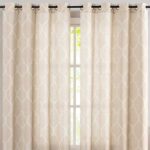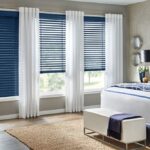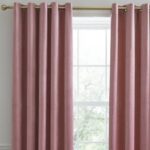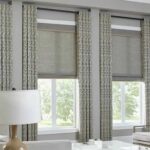Curtains can transform a room. A space may be transformed with the right fabric, adding flair, privacy, and temperature and light control. With so many textile options, it can be hard to choose the right one. This post will showcase five of the best curtain fabrics and offer tips on how to choose one that gives your window curtains the style and feel you want.
The Top 5 Material Options for Curtains
1. Linen
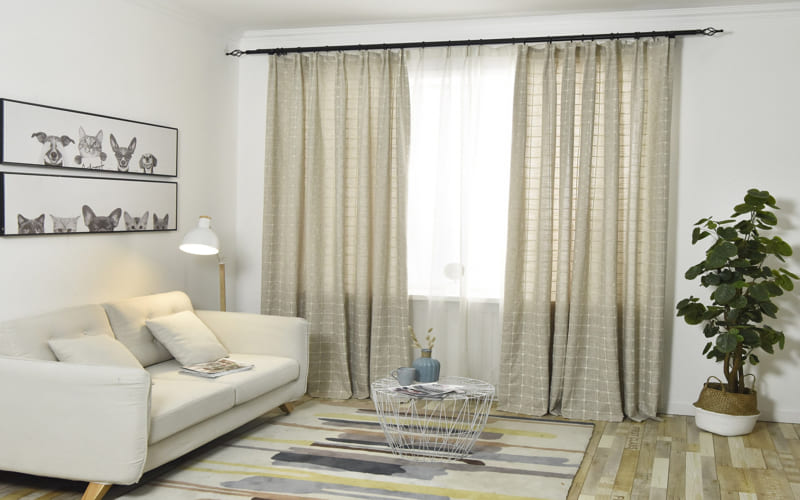
Light and breezy linen is a top choice for curtains in spring and summer. Linen, made from flax plant fibers, is casual and fits well in seaside, farmhouse, and modern areas.
Linen comes in various weights. Lightweight linen lets soft, filtered light in. Medium or heavy linen blocks light and provides privacy. The linen looks calm due to its natural wrinkles and folds. It’s fade-resistant and durable for curtains. Linen curtains are machine-washable and tumble-dryable.
Blend linen with cotton or other smooth textiles for a more elegant drape. Pure linen curtains look beachy with wood, rattan, and driftwood embellishments. Bright white linen contrasts with black trim and floors.
2. Cotton
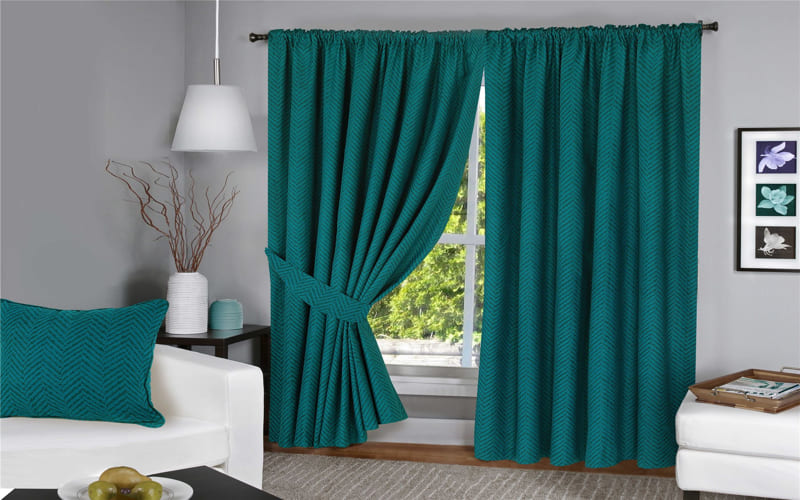
Curtains made of cotton range from voile to canvas and duck cloth. It’s cheap, easy to sew, and versatile. Cotton sheers block light and are gauzy. Cotton is breathable and insulates well in winter and summer.
100% cotton curtains are informal and inviting. Soft, wrinkle-resistant cotton-like sateen drapes elegantly. Duck cloth is a dependable cotton for tailoring. Airy voiles let sunshine gently into a room.
Cotton is robust and machine-washable, making it safe for high-traffic locations. It comes in a spectrum of solids and designs to match any style. Cotton curtains, enamel accents, and ceramic vases provide a cottage feel.
3. Velvet

Although velvet curtains are unique, they lend drama and beauty to a room. Its thick pile and vibrant hue make velvet stand out. Velvet naturally blocks light, making it a great window insulator.
For economy and durability, velvets today are created from synthetic blends instead of silk. Cotton velvet is low-maintenance. Heavy velvet makes voluminous drapes, making it ideal for floor-length curtains. Smooth, lined velvet seems more fitted.
Formal dining rooms, bedrooms, and home cinemas look elegant with velvet. Choose velvet with a damask or floral patterning for a traditional design. Emerald and sapphire hues enhance velvet’s luxury. Create a comfortable, enclosing bedroom with black velvet drapes.
4. Silk
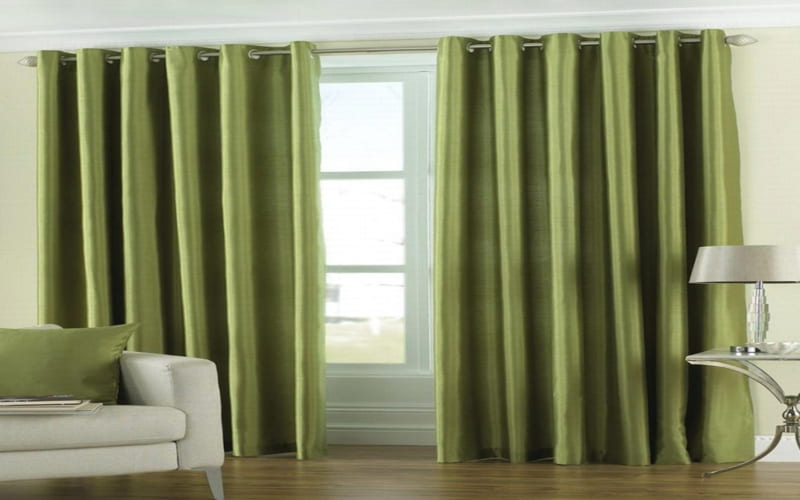
Silk curtains are the most luxurious. Silk’s soft sheen and flexible drape enhance light diffusion. The rooms look elegant and refined. Silk is valued for its shine and durability. Also helps maintain comfortable humidity.
The best draping silks are habotai, charmeuse, and dupioni. Sewing silk is difficult, so choose pre-lined or pre-pleated fabrics. Silk curtains should be dry-cleaned to maintain their shine and texture. Hang silk drapes high and wide to highlight their lavish magnificence.
French country residences and five-star hotels have silk drapes. The ivory silk adds old-world romance, while the ink blue evokes jazz nights. Use crystal sconces, marble, and opulent furnishings. Let silk shine by simplifying other aspects.
5. Faux Silk

For a luxurious look at a lower cost, synthetic silk is a good alternative. Polyester fibers resemble silk’s flowing drape at a low cost. At a lower cost, microfiber and hana silk gleam.
Faux silks resist wrinkles and preserve color. Most silk can be machine-washed and tumble-dried, unlike natural silk. Attach faux silk curtains high and wide, or use pinch pleats or grommets to display their exquisite flow.
Add elegance to living and dining rooms with imitation silk. For midcentury style, use polished wood and geometric designs. Behind white imitation silk, a big red creates an accent wall. Choose ivory with bamboo touches and lots of natural light for a calm retreat.
Tips for Choosing the Best Curtain Fabric
- Consider the room’s use. Sheers work for low-traffic spaces, while sturdy cottons suit kids’ rooms. Formal spaces call for luxurious velvet or silk.
- Think about room use. Sheers are good for low-traffic areas and cottons for kids’ rooms. Elegant areas require velvet or silk.
- Choose a cloth with the right weight for privacy and light control. Light, translucent textiles filter light well. Heavy duck cloth blacks out.
- Fiber content makes caring easier. Cotton and linen are machine-washable. Silk requires special care when dry-cleaned.
- Make sure the pattern scale matches your window and room. Small prints and solids suit most rooms.
- Match cloth color and texture to décor. Use solid hues and sheers in modern environments. Cottages and country dwellings suit printed cotton.
- Make sure the fabric is treated. Outdoor curtains must resist fading and wetness. Blackout linings dim rooms.
With the right fabric choice, you can easily set the desired mood in your space. Use this guide to find your perfect curtain fabric match!


